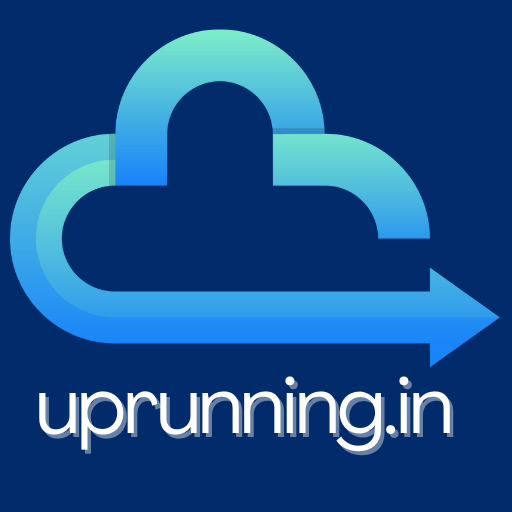
In a landscape where artificial intelligence is quickly moving from novelty to necessity, enterprises need more than just large language models. They need secure, scalable, and business-ready AI. Enter Azure OpenAI Service—Microsoft’s bridge between OpenAI’s world-class models and the enterprise-grade capabilities of Azure.
What Is Azure OpenAI Service?
Azure OpenAI Service brings the power of OpenAI’s most advanced models—including GPT-4, Codex, DALL-E, and Whisper—into the Azure ecosystem. It allows businesses to access these models via REST APIs or the Azure OpenAI Studio, while leveraging Microsoft’s security, compliance, and regional data residency benefits.
This isn’t just about chatting with a chatbot. It’s about infusing intelligence into workflows, documents, support systems, software development, and business operations.

Why Azure OpenAI Service Matters in 2025
As generative AI matures, Azure OpenAI Service has become the gold standard for enterprise-grade GenAI. Here are the unique features that set it apart in 2025:
1. Multi-Agent Orchestration with Prompt Flow
The integration of Prompt Flow allows businesses to create orchestrated GenAI applications—combining GPT-4 with APIs, functions, tools, and logic. Imagine a support bot that summarizes tickets, queries a knowledge base, and executes backend processes, all with natural language.
2. Secure-by-Design AI Access
Azure adds compliance with enterprise-grade governance tools: role-based access control, private networking, logging, content filtering, and responsible AI guardrails. It’s AI with guardrails, not risk.
3. Hybrid Deployment with Azure Arc
Companies can now deploy OpenAI models on-premises or in sovereign clouds using Azure Arc. This is ideal for sectors like government, finance, and healthcare where data locality and control are non-negotiable.
4. Model Customization and Fine-Tuning
Azure OpenAI now supports easy fine-tuning of models on proprietary data using intuitive tooling—no ML engineering required. Plus, new model adapters allow multi-modal inputs across text, image, and audio.
5. Built-In Integration with Microsoft 365 and Power Platform
Power users can now generate emails, documents, dashboards, and even apps using natural language, thanks to deep integration with Copilot across Microsoft’s product stack.
Real-World Scenarios
- Legal Firms: Automating contract analysis and generating draft legal summaries.
- Customer Support: Agents augmented by GPT-4 for faster resolution and knowledge lookup.
- Software Engineering: Developers using GitHub Copilot and Azure OpenAI for code generation, testing, and refactoring.
- Retail: Personalized marketing content and product descriptions generated on demand.
Why Enterprises Are Doubling Down on Azure OpenAI
OpenAI’s models are brilliant—but what makes them viable at scale is Azure’s infrastructure, security, and tooling. It transforms AI from “cool demo” to “critical system.”
Azure OpenAI Service is not just about accessing GPT. It’s about building intelligent solutions—responsibly, securely, and at scale.
![]()

Leave a Reply